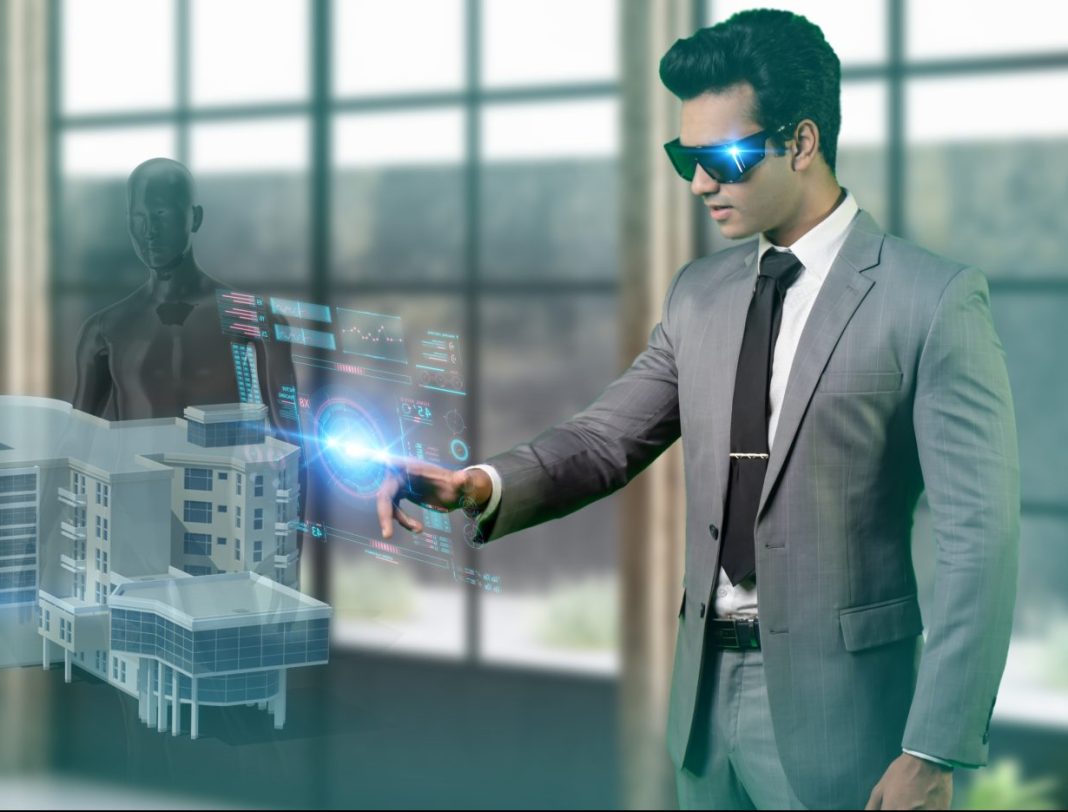Dr Jimmy Abualdenien, head of digital product at the Nemetschek Group, explores how AI is revolutionising digital twin technology, enhancing real-time monitoring, predictive maintenance, sustainability and energy optimisation, and driving the AEC/O industry towards a modernised and unified future
In recent years, significant progress in digital twin technology have seemed to foreshadow a full-scale transformation of the architecture, engineering, construction and operations (AEC/O) industry. Going beyond a simple virtual representation of a building or physical asset, an advanced digital twin bridges the gap between representation and connectivity, providing stakeholders throughout the project lifecycle not only with an accurate reference point to guide intelligent simulations and better decision-making, but also the ability to more effectively monitor and optimise a building’s performance in real-time.
Nevertheless, despite the multitude and increasingly well-known benefits of advanced digital twins, their adoption is still relatively limited throughout the AEC/O industry. This limitation primarily stems from the challenges associated with the process of actually creating a functional digital twin, which requires a significant amount of manual effort to accomplish successfully.
More specifically, the inherent complexity involved in preparing, processing and harmonising large amounts of data from multiple sources make digital twin adoption challenging for some stakeholders. Fortunately, critical and rapidly accelerating advancements in artificial intelligence and machine learning technologies are now presenting the AEC/O industry with a real opportunity to surmount these hurdles.
By leveraging AI and its capabilities for automation and analysis, not only can accessibility and adoption be enhanced, but the overall capabilities of digital twins can be significantly improved, unlocking further benefits for their utilisation.
Enhanced building management with real-time monitoring and predictive maintenance
While digital twins already provide unprecedented oversight of a building and all its components through the combined use of IoT sensors and advanced visualisation tools, there are still many cases in which the digital twin may be more effective at noticing a potential issue than necessarily identifying its cause and potential solution. Consequently, despite facilities managers having an easier time knowing when something is wrong, they will often still need to spend an extended period of time manually diagnosing any anomalies or inconsistencies in an asset’s performance.
With the introduction of AI, the digital twin gains the additional ability to perform in-depth analysis of an asset’s performance based on both historical information about previous maintenance needs, as well as contextual data received and processed in real-time. Over time, as the AI ingests and evaluates information, it becomes increasingly adept at predicting maintenance needs across systems and structures, as well as providing specific recommendations for how to address a building’s needs as efficiently and effectively as possible.
In addition to predictive maintenance, AI can also help extend the benefits of real-time monitoring and analysis beyond day-to-day operations. For example, an AI-powered digital twin could provide the ability to perform building or systems inspections remotely, making these processes vastly more efficient while cutting down on costs.
Furthermore, all insights generated by the twin can be further utilised toward lifecycle cost analysis, helping stakeholders to identify new ways to cut back on costs while optimising performance and efficiency.
Green tech: sustainability and energy use optimisation
At time when energy use optimisation and promoting overall sustainability has become a top priority – not only for facilities managers but for the AEC/O industry at large – AI-powered digital twins provide a more advanced and viable solution for reducing environmental impacts than ever before.
More specifically, while the digital twin supports the monitoring of energy consumption in real-time through IoT sensors, machine learning algorithms can be leveraged to evaluate and identify patterns of inefficiency or overuse, and even to recommend specific solutions based on the analysis.
Importantly, these same capabilities can be used to optimise other significant factors such as space utilisation and occupancy comfort. For example, in an office building, an AI algorithm coupled with an advanced digital twin may be used to assess that areas are being utilised more frequently, and these trends could then be further evaluated against those related to employee productivity and wellbeing.
Similarly, with the help of environmental sensors placed throughout the workspace, an AI-powered digital twin can perform real-time analysis of everything from temperature and humidity levels to overall air quality, making it easier to identify the ideal conditions for maximising occupancy comfort and experiences.
Overall, while in recent years we have seen digital twin adoption strained by a number of barriers, the current and rapidly accelerating advancement of AI can accelerate its adoption. Our vision of a truly modernised, accessible and unified solution to challenges spanning the entirety of the building lifecycle is becoming a reality.
We are excited to see the integration of these technologies, which promises to not only enhance the viability of digital twins in terms of cost and interoperability but also to amplify their numerous benefits. This comprehensive, data-driven transformation is precisely what the AEC/O industry requires to foster growth and thrive in the future.
Nemetschek Group
*Please note that this is a commercial profile.

















